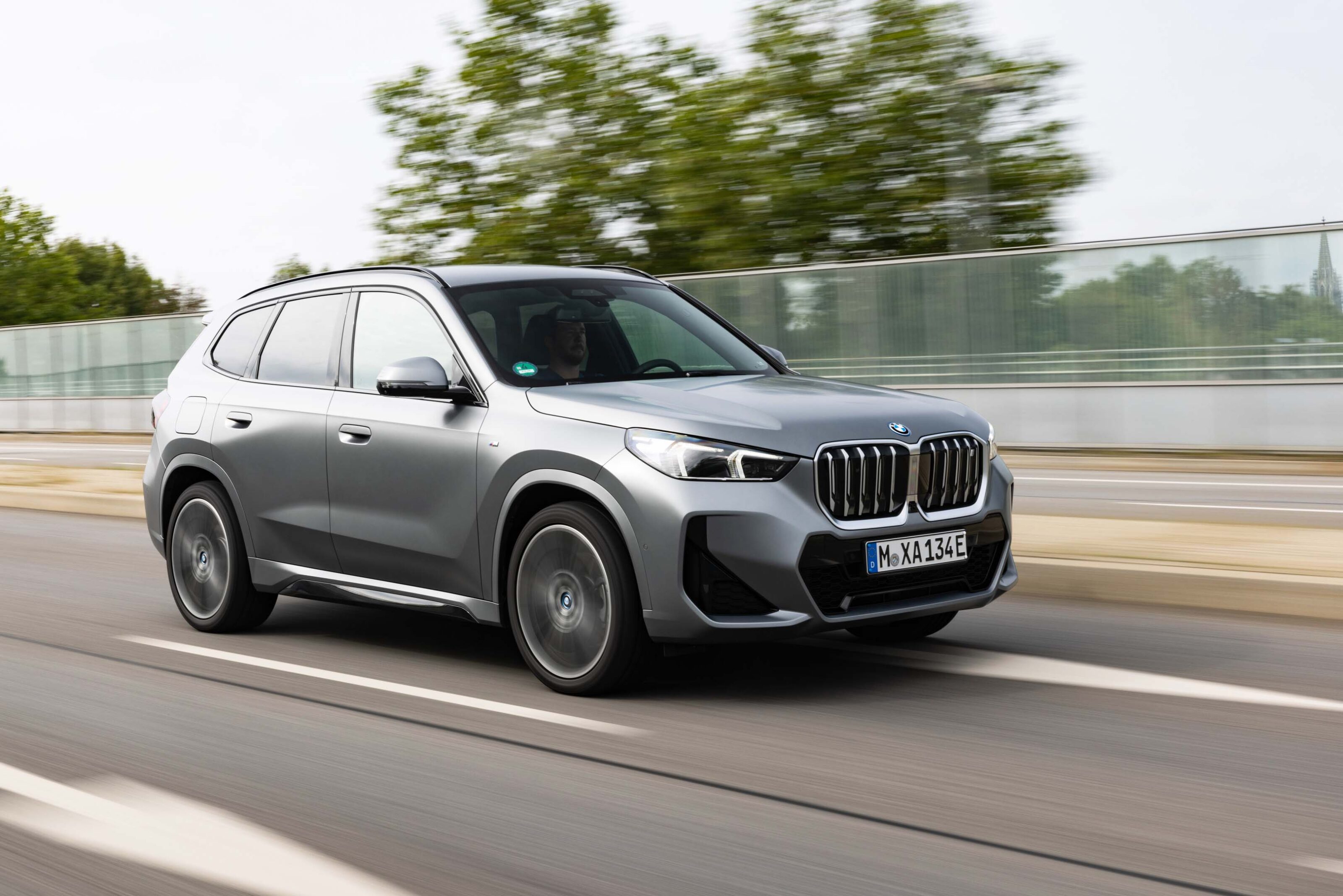Score breakdown
Things we like
- More convincing than a petrol X1
- New curved display is very appealing
- Bigger and more practical than older X1s
Not so much
- Could there be a more affordable, less powerful version?
- It’s a heavy blighter (but then so are most electric SUVs)
- Lacks the pioneering feel of previous BMW i products
BMW’s smallest SUV is back for a larger, more grown-up third generation. And following into Australian showrooms a few months after pure petrol X1s will be this, the fully electric iX1.
It’s BMW’s third wholly plug-in SUV after the iX3 and ultra-luxe iX, and filters an impressive amount of their technological prowess into a smaller, neater and more affordable package.
BMW expects around a third of new X1 sales to be the fully electric version, but with petrol and EV models coming down the same production line, the factory can be flexible to demand.
June 2023: BMW X1 M35i revealed, Australia confirmed
BMW has unveiled a new flagship in its compact X1 range, expected to be priced above the $82,990 iX1 electric SUV.
Learn all about the performance-focused X1 M35i at the link below, and continue reading here for wider 2023 X1 range pricing and features.
March: New BMW X1 driven in Australia
The new BMW X1 is now on sale in Australia, and we’ve driven it.
October 2022: iX1 Australian pricing revealed
Australian pricing and details for the new 2023 BMW iX1 has been revealed, and you can get all the details at the link below.
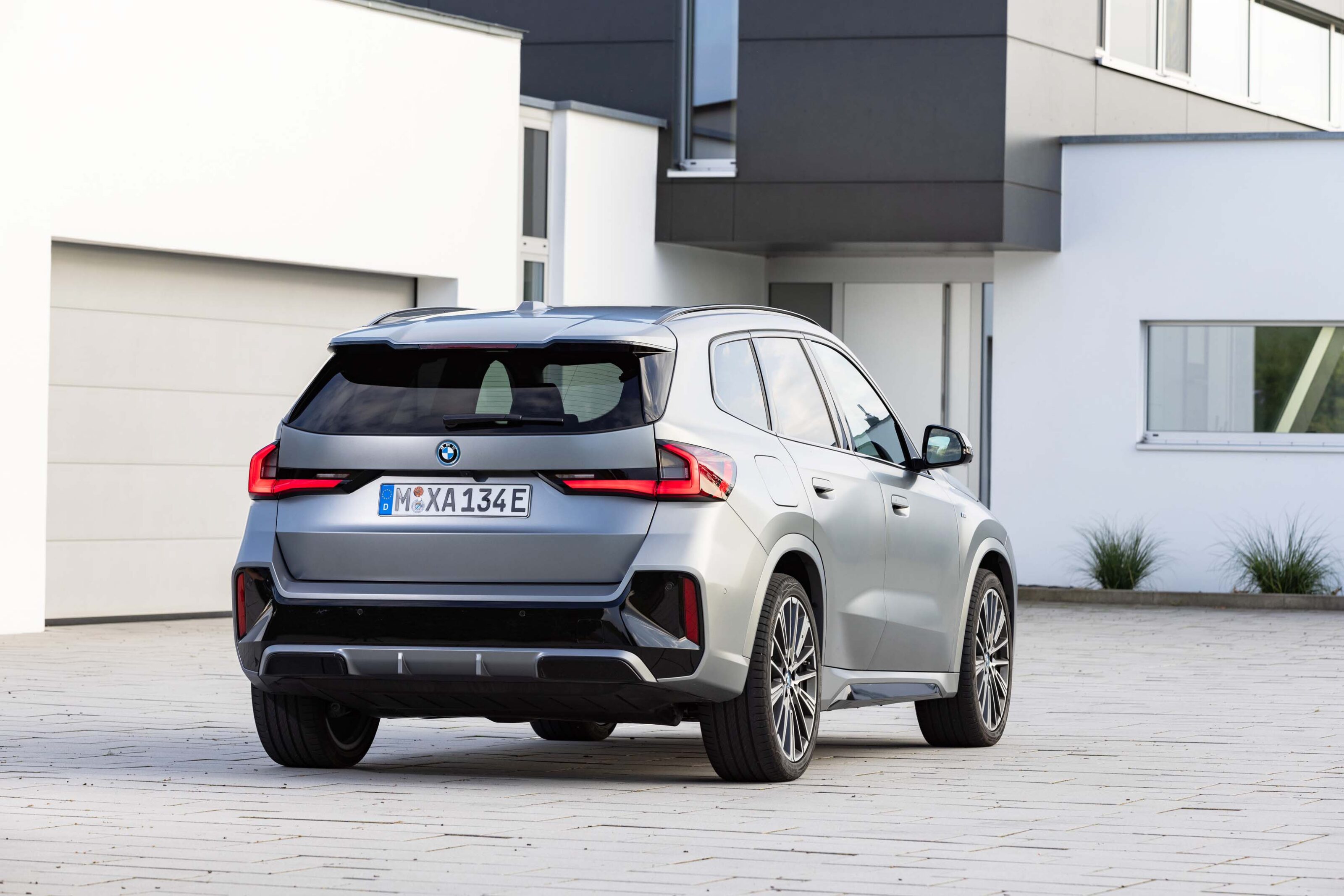
STORY CONTINUES: BMW iX1 EV international drive review
Jump ahead
- How much is it, and what do you get?
- How do rivals compare on value?
- Interior comfort, space and storage
- What’s it like to drive?
- How is it on fuel?
- How safe is it?
- VERDICT
How much is it, and what do you get?
While the regular X1 begins at $53,900 before on-road costs, BMW is yet to tell us how much the iX1 will cost.
Looking at European pricing, a starting point of around $80,000 seems likely.
The iX1 launches in with one powertrain, the xDrive30. It’s all-wheel drive, with a motor on each axle providing peak output of 230kW and 494Nm, enough to hustle the car’s 2085kg mass to 100km/h in 5.7secs on its way to a 180km/h top speed.
It packs a 64.7kWh battery capable of up to 130kW charging and BMW claims a driving range of 438km.
Connected to a DC ultra fast charger, the iX1 claims a 10-80 per cent charge time of 29 minutes.
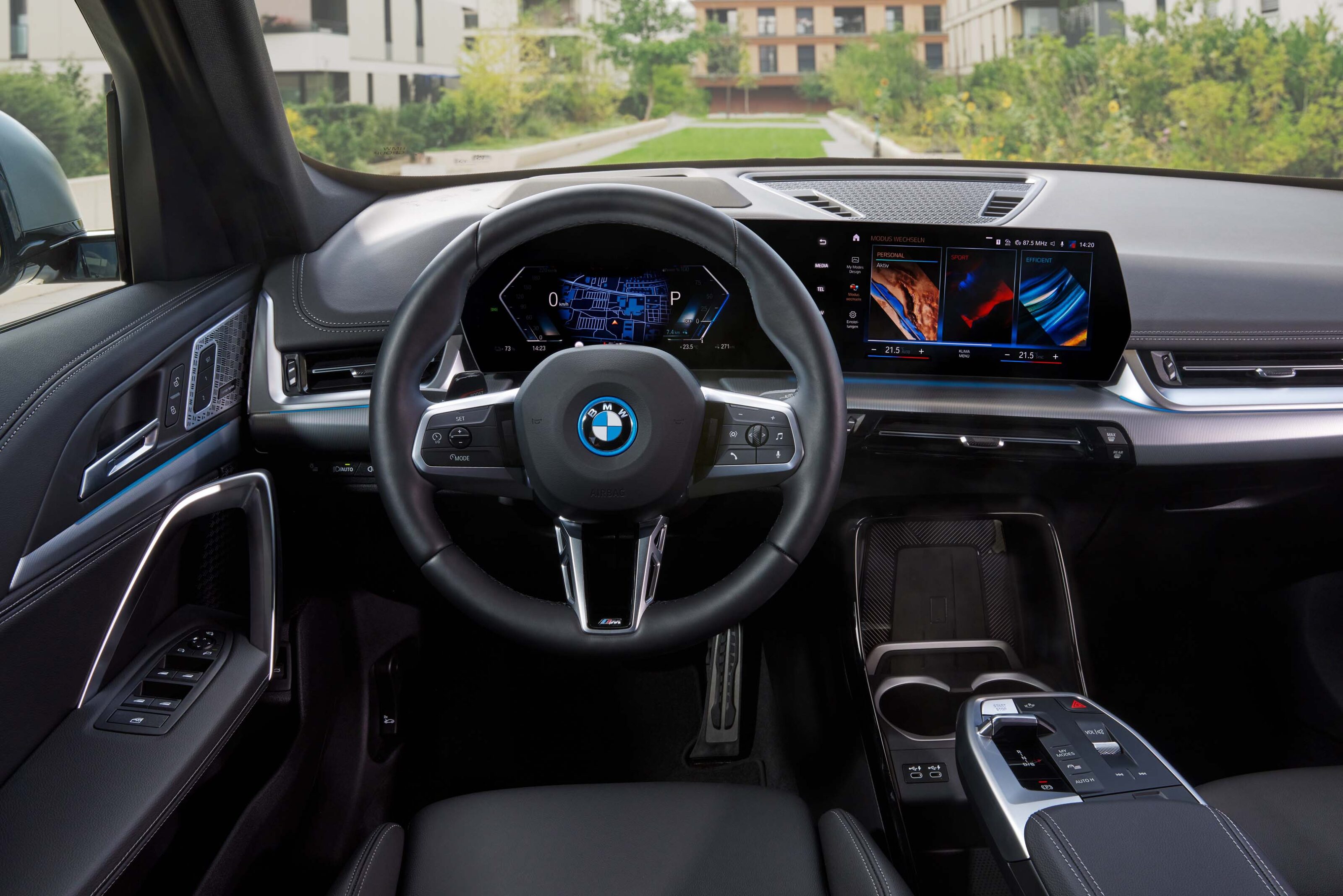
Standard equipment is strong. You get 18-inch alloys as standard as well as M adaptive suspension, park assist and BMW’s lush new curved touchscreen on all models.
Upgrade to M Sport spec and those alloys grow another inch while the exterior gains a black detailing back, the steering wheel is leather-wrapped and you get adaptive headlights plus wireless phone charging.
A Technology Plus pack can bring some of the latter goodies to entry-level iX1s, while an M Sport Pro pack brings massive 20-inch alloys and a posh Harman Kardon stereo.
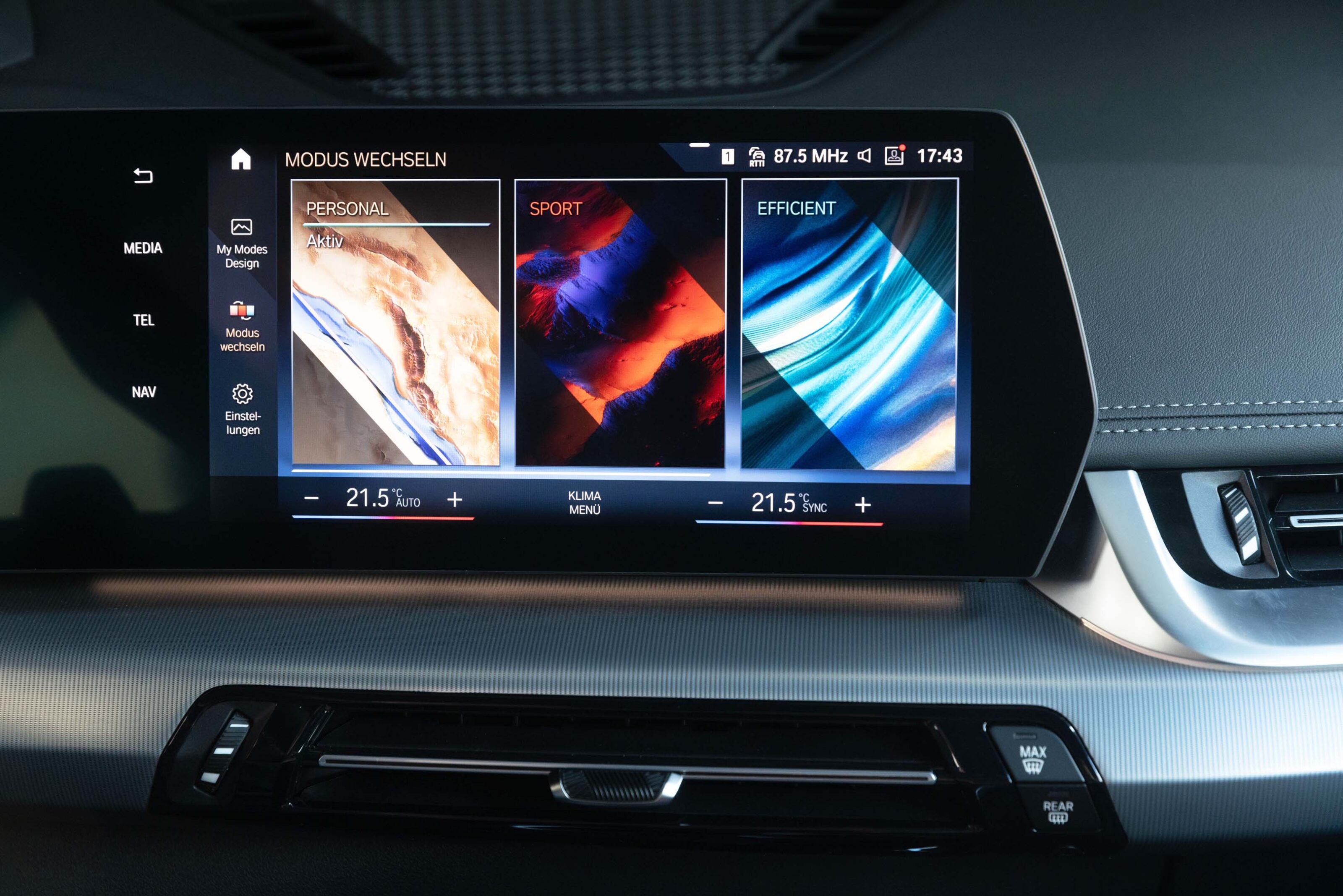
How do rivals compare on value?
If BMW can slot the iX1 under the $80,000 mark then it’ll slot into the electric SUV pack neatly – although most rivals at that price point are larger, with more space, and that’s bound to make the difference for some buyers.
Of our favourite cars among its rivals, the Wheels COTY-winning Kia EV6 will set you back $82,900 in 239kW trim, and it’s also capable of ultra-fast 350kW charging, as is the Hyundai Ioniq 5, which costs $75,900 with 225kW peak output (both before on-road costs).
The smaller Mercedes EQA 250 costs $76,800 with just 140kW, or $84,100 as an Edition 1 with lots more kit on board (both before on-road costs).
A Polestar 2 Long Range AWD looks good value among these – at $73,400 with 300kW – but it trailed the two Koreans in our comparison test. If you can get hold of a Tesla Model Y, these start at $72,300 in base RWD form (both before on-road costs).
UPDATE, October 2022: iX1 Australian pricing revealed
Australian pricing and details for the new 2023 BMW iX1 has been revealed, and you can get all the details at the link below.
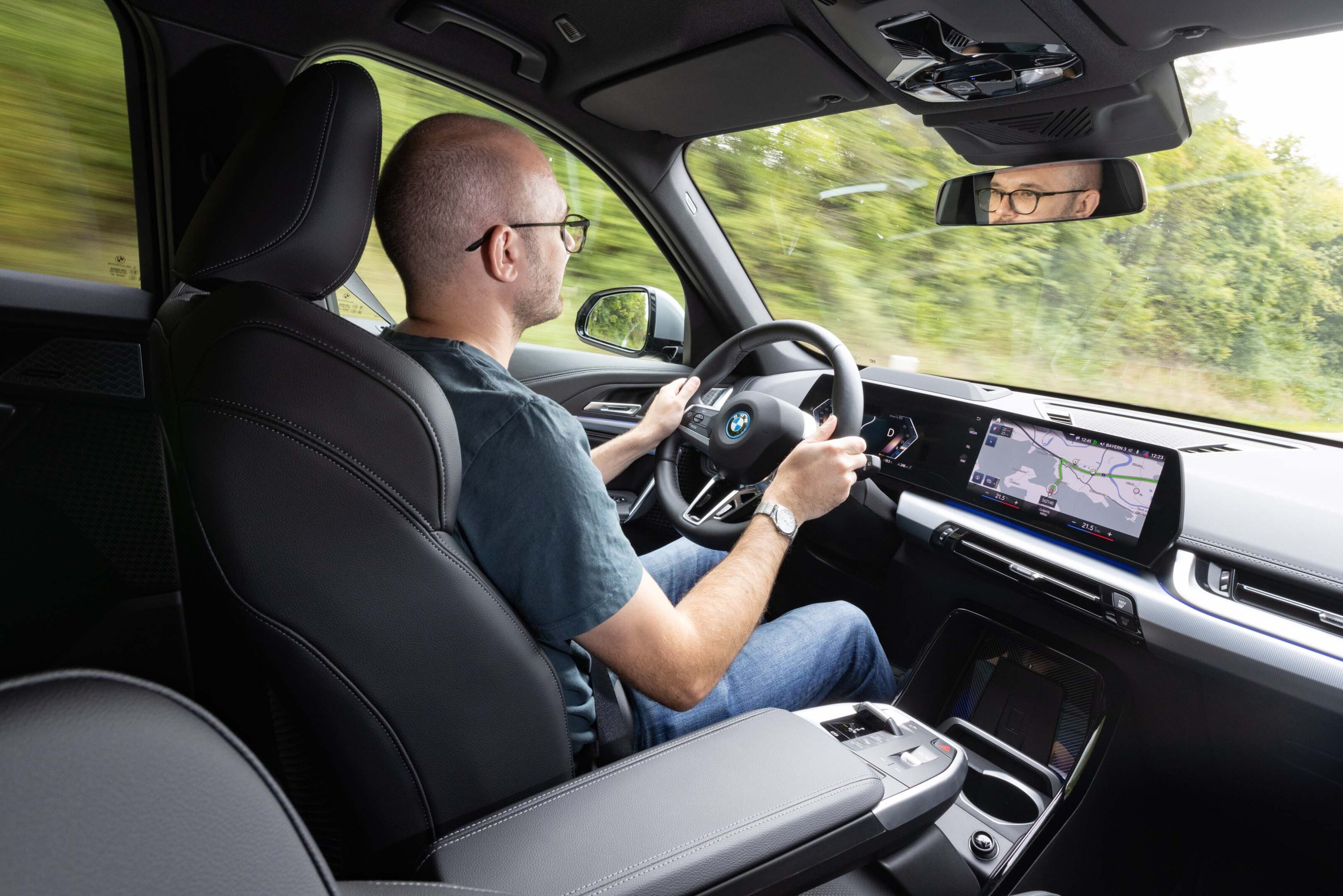
Interior comfort, space and storage
Another 22mm in the wheelbase over the outgoing X1 allows rear seat passengers to enjoy the sort of legroom normally gifted by SUVs a size bigger.
The iX1 shares much with its donor car, which means a brand-new interior. It’s just like what you’ll find in BMW’s premium people carrier, the 2 Series Active Tourer – but as we’re denied that in Australia, the X1 is our first chance to have a poke around.
It’s certainly a new direction for BMW. The rotary controller for iDrive is gone, as is the hand-waving gesture control, which didn’t even last a decade in the Munich marque’s interiors. The argument is that the curved touchscreen taking up much of the dashboard is big enough to replace both.
The display is a touch smaller than in other BMWs – it first appeared in the electric iX SUV and i4 sedan – but fits the car nicely. The digital instrument cluster ahead of the driver measures 10.25in, the touchscreen to its left 10.7in and packing the most up-to-date BMW operating system.
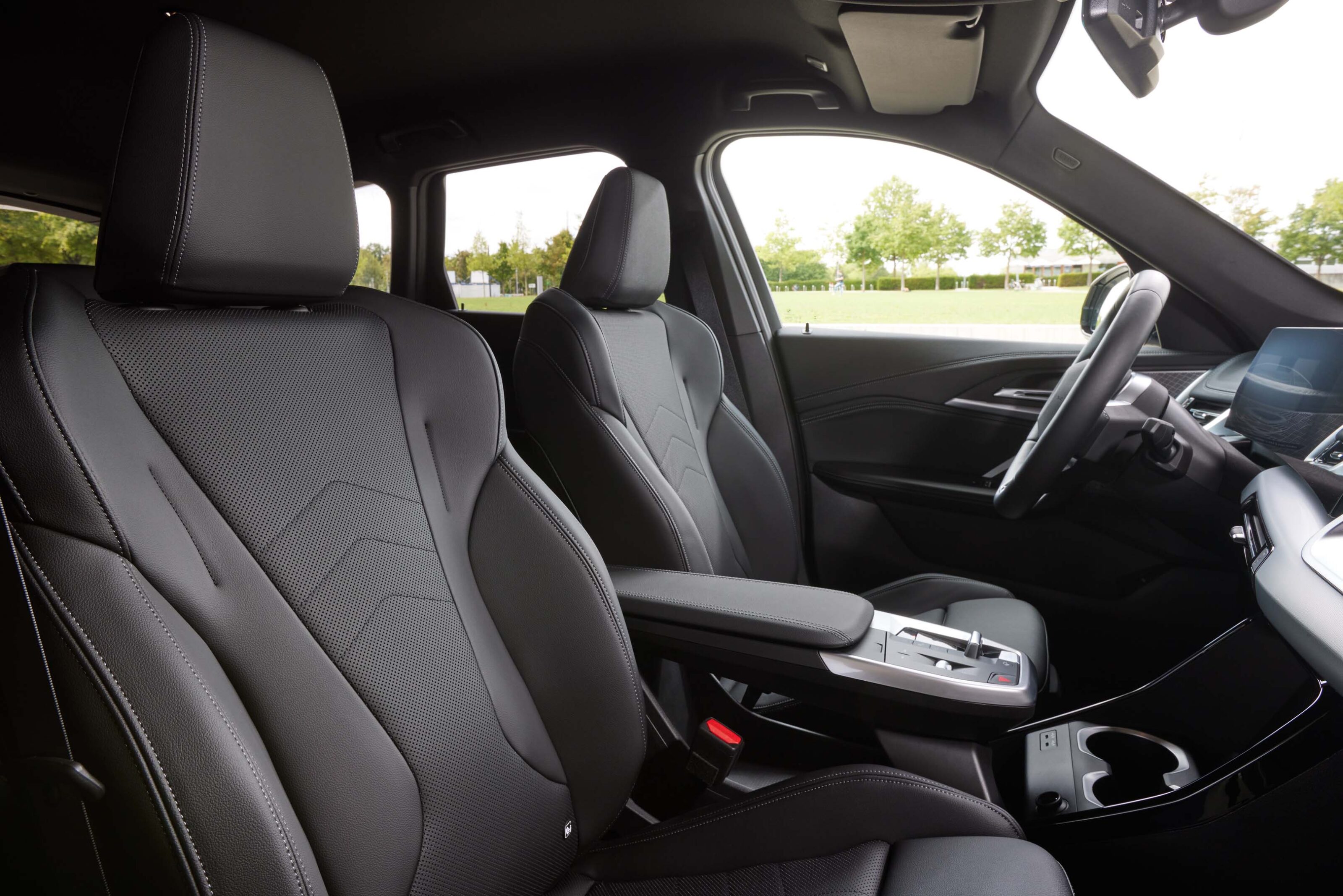
Some of it takes a little patience; the home screen is a confusing array of apps and adjusting something as simple as the height of the optional head-up display is less obvious than it ought to be. But this is where the voice control comes in.
You needn’t worry too much about the orders you bark at it, as saying something like “I’m too warm” will see the temperature drop a degree. And you might just do that on the move because the climate control buttons are among those hoovered up by the new screen.
Tidying up the buttons has helped create more storage space in and around the new ‘floating’ centre console though, while another 22mm in the wheelbase over the outgoing X1 allows rear seat passengers to enjoy the sort of legroom normally gifted by SUVs a size bigger.
In petrol X1s, those rear seats can slide fore and aft by 30mm, as well as recline but packing 300 kilos of batteries into the car erodes a touch of its flexibility and interior space.
Boot capacity is naturally down a touch here, but still impressive at a seats-up 495 litres and 1495 litres with them folded.
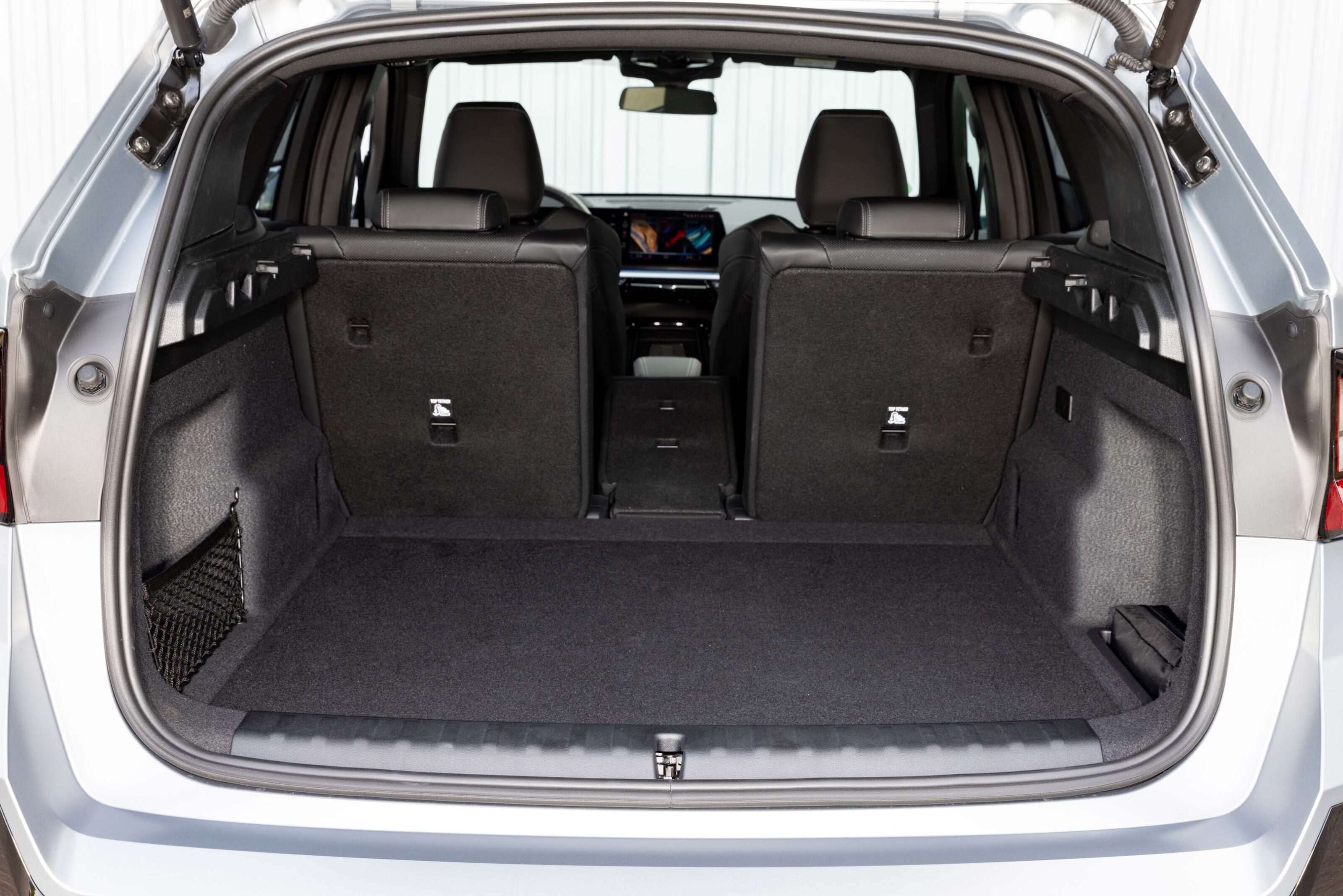
What’s it like to drive?
Much like the X1 it’s based upon, the iX1 delivers neat and tidy handling without being outright fun, though you’ll definitely notice its extra kerb weight in corners.
In truth, the car manages its mass well but it won’t escape you if you happen to try both cars back-to-back.
The suspension had a slightly firm edge on the German roads we sampled the car on, so full judgement on ride comfort will wait until the car arrives on Australian shores.
Sticking with smaller wheels – avoiding the optional 20s at the very least – is probably a good bet.
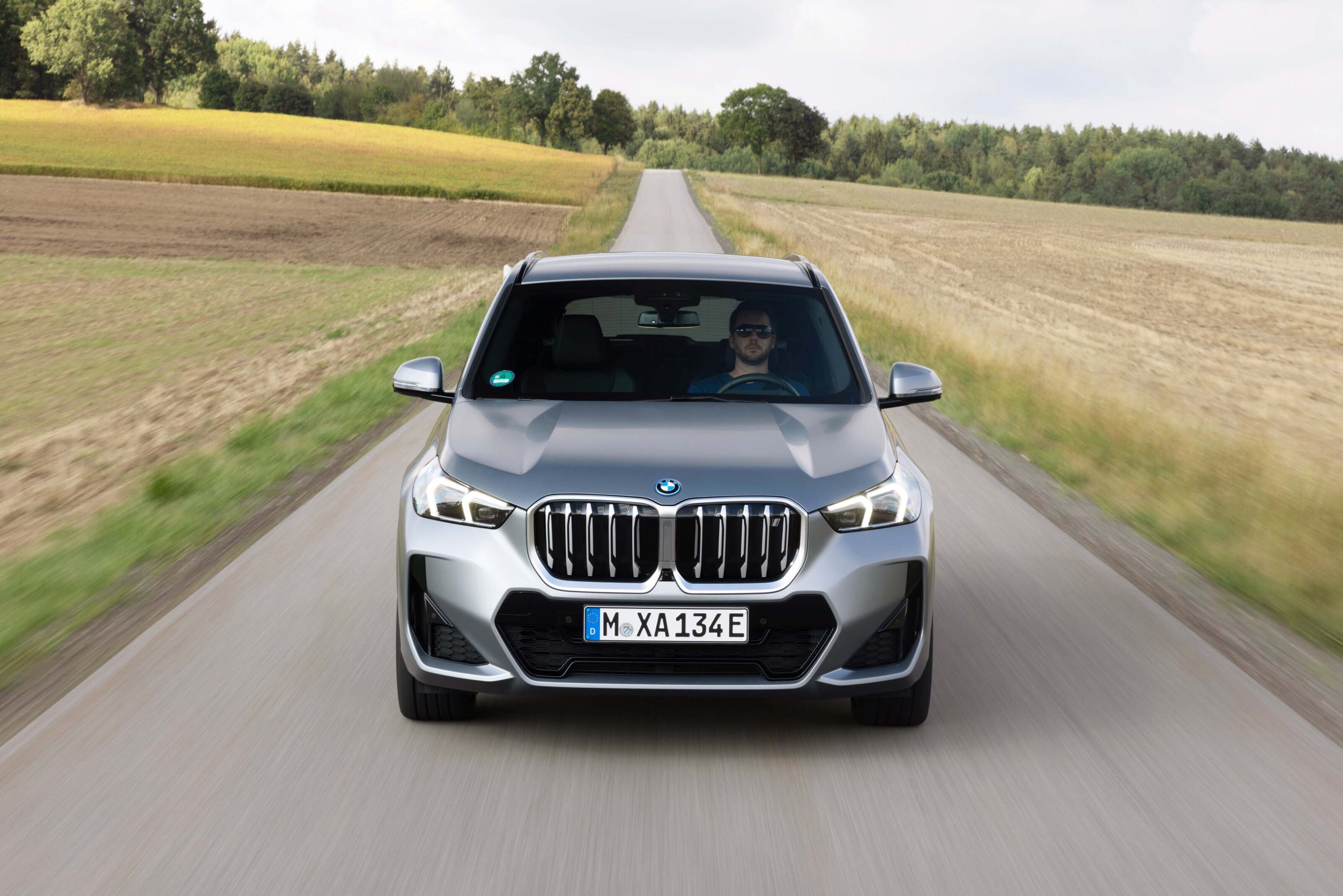
It’s a quick thing, too. While the car favours just its front motor in day-to-day driving, the rear motor comes to life swiftly and smoothly when needed. Even a deliberately clumsy use of the throttle out of a junction has the two motors hook up neatly and just project you smoothly forward. It’s a very eloquent powertrain.
The iX1 comes with lots of extra functions over the stock X1. Its regenerative brakes come with numerous levels of strength as well as an ‘Adaptive’ function that uses the car’s speed, front cameras and sat-nav to vary the level of braking when you come off the throttle.
If you’re at all keen on driving, you’re likely to find it quite off-putting that the car is making its own mind up about something really rather key to the process of getting around. Expecting the car to slow down more than it actually does is not a fun feeling.
It’s a quick thing, too. While the car favours just its front motor in day-to-day driving, the rear motor comes to life swiftly and smoothly when needed.
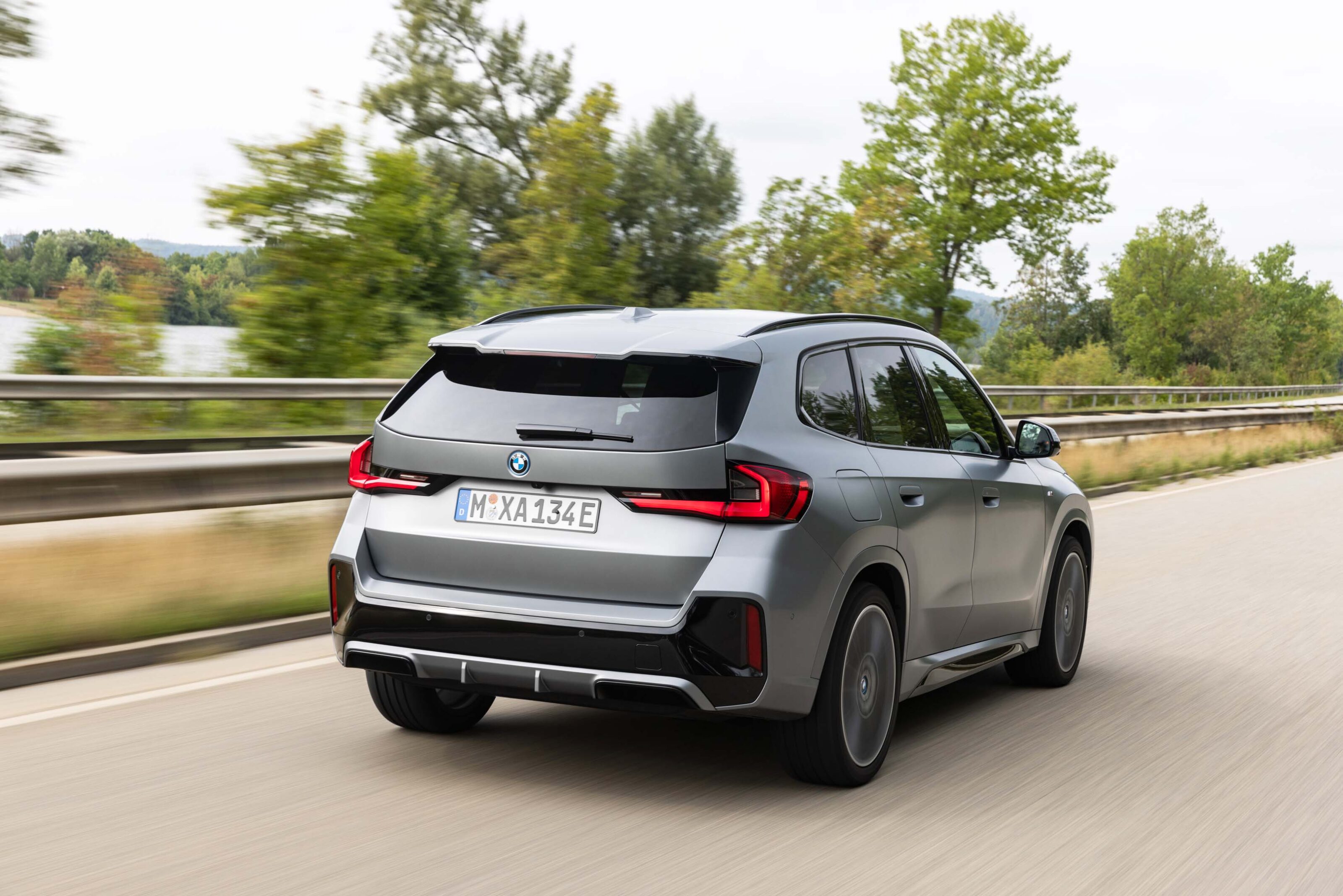
Luckily, all three of the manually selected levels have their merits and you can slot the transmission from D to B to make the iX1 a one-pedal car that’ll slow right to a stop at junctions just by lifting off the accelerator. It works nicely in town but is best avoided on twisting rural roads.
A smarter function is the battery’s ability to pre-warm itself ahead of charging – so long as you’ve got a charger inputted into the native BMW nav system. In theory, it means the cells will start taking on charge at the quickest possible rate immediately rather than building up to it.
Our drive in the car didn’t last long enough to try that out but it’s a neat step on the long road to making EVs feel just as habitable on long journeys as petrol and diesel cars. The iX1’s nav will also switch to another charging point if it learns the one you’re aiming for is now occupied.
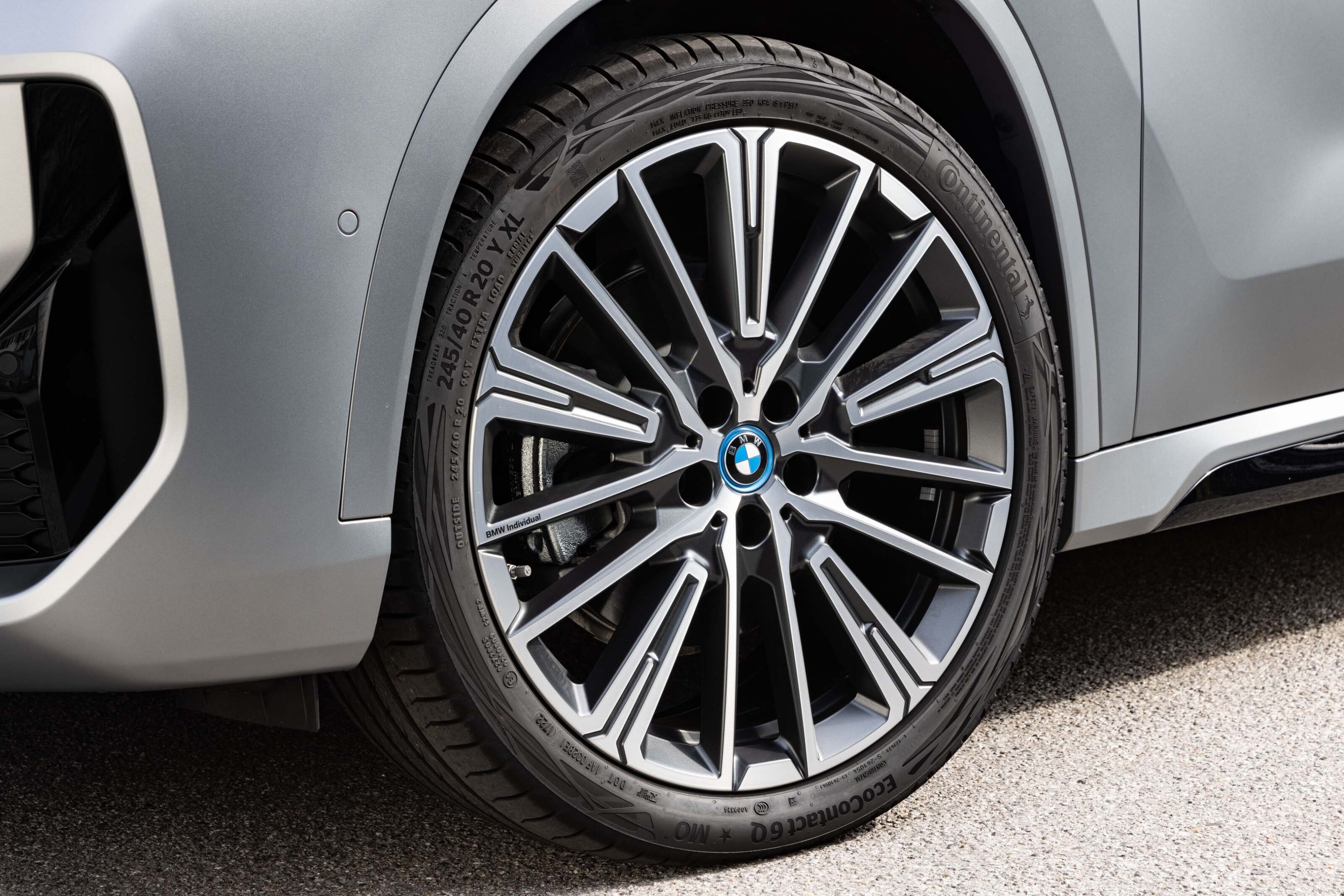
How is it on fuel?
BMW claims 413 to 438km of range from a full charge on the WLTP test cycle, with energy consumption of 18.4 to 17.3 kWh per 100km.
The car will accept up to 130kW from a DC rapid charger, BMW quoting a 10 to 80 per cent charge time of 29 minutes.
As standard, you get 11kW AC charging, meaning 0-100 per cent in 6.5 hours. Optional 22kW AC charging cuts that to 3h45m.
How safe is it?
The latest X1 is yet to be tested by ANCAP, though both of its forebears scored the full five-star safety rating.
Hopefully, the same will ring true for the new X1 and iX1. Park assist is standard, as well as a handful of other active safety systems, though full specs are yet to be confirmed.
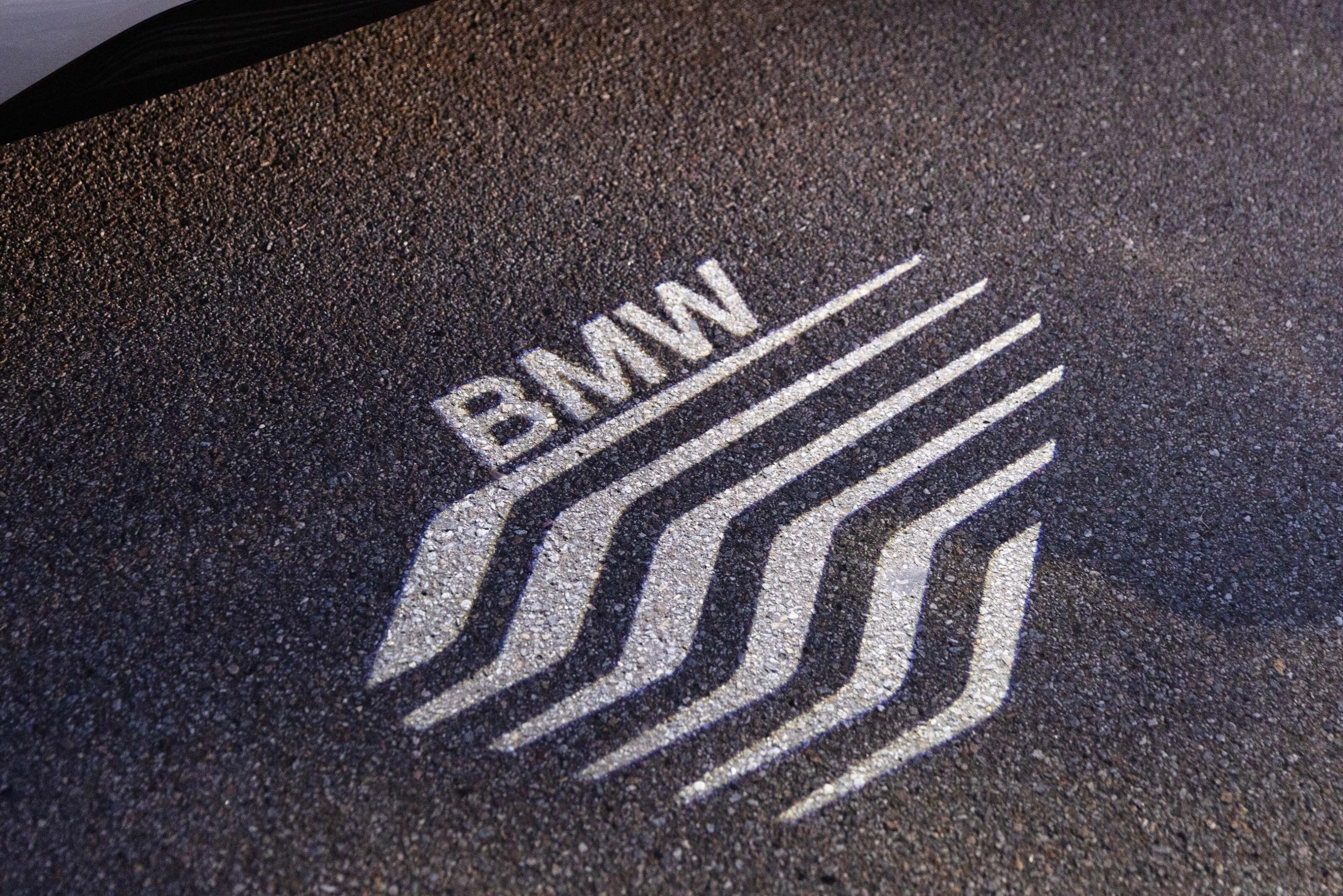
VERDICT
The iX1 is immediately more intriguing and likeable than the car it’s based upon.
The stock X1 is a neat and accomplished SUV but one that blends into the crossover crowd a little too easily for a car made by a premium brand usually famed for dynamic sparkle.
But with a quicker and smoother electric powertrain, it’s more notable. Let’s hope BMW prices it right to tackle its numerous Asian and European rivals head-on.
Also…
Now that you’re done reading our first review of the new iX1, be sure to check out our review of its regular companion, the X1. Hit the link below.
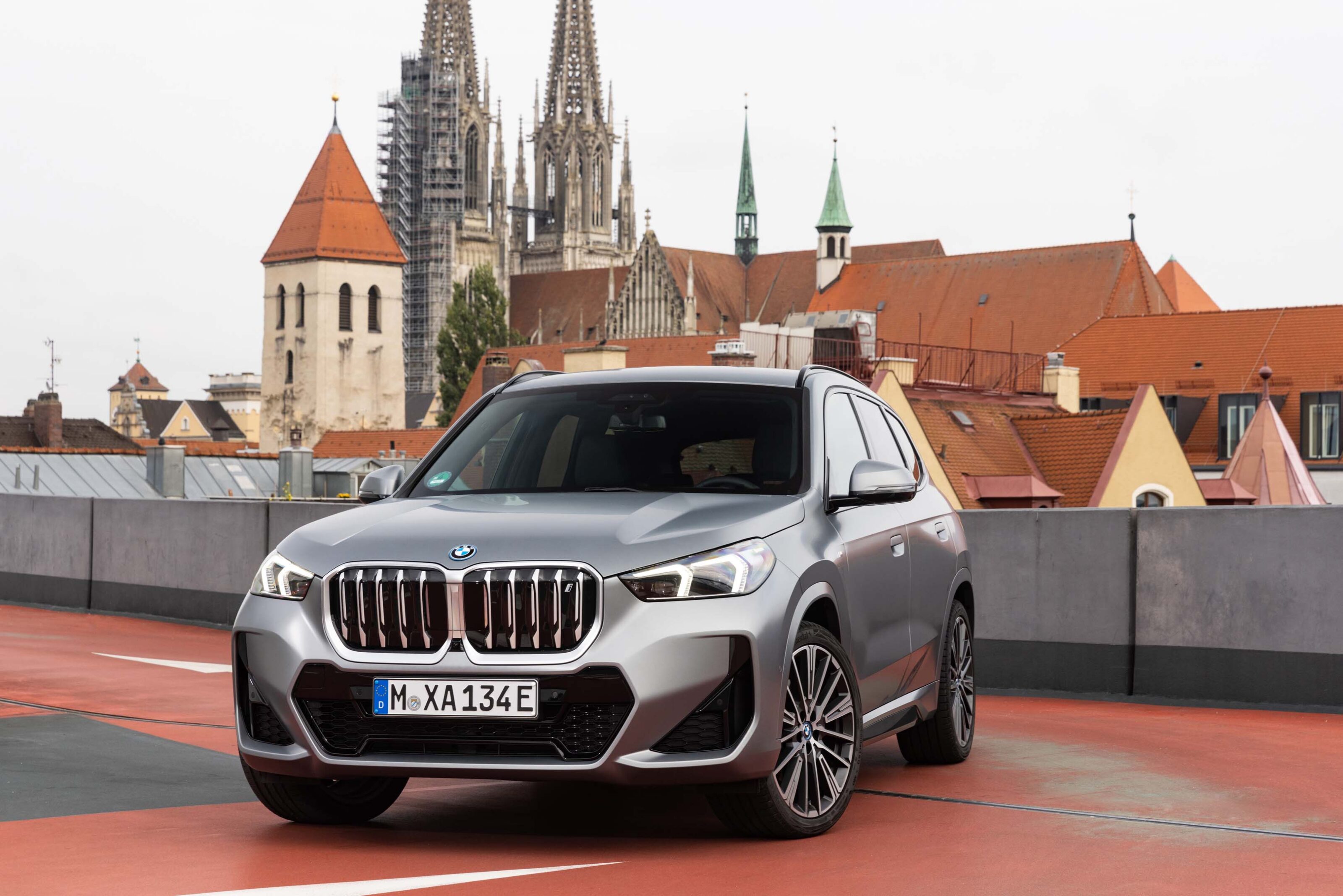
Score breakdown
Things we like
- More convincing than a petrol X1
- New curved display is very appealing
- Bigger and more practical than older X1s
Not so much
- Could there be a more affordable, less powerful version?
- It’s a heavy blighter (but then so are most electric SUVs)
- Lacks the pioneering feel of previous BMW i products
We recommend
-
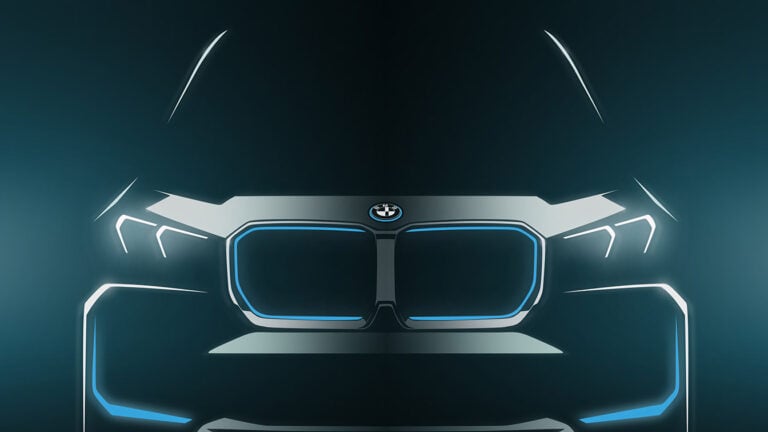 News
News2023 BMW iX1: Electric range revealed
BMW’s answer to the Mercede-Benz EQA is just around the corner, with the iX1 to be revealed before the end of the year
-
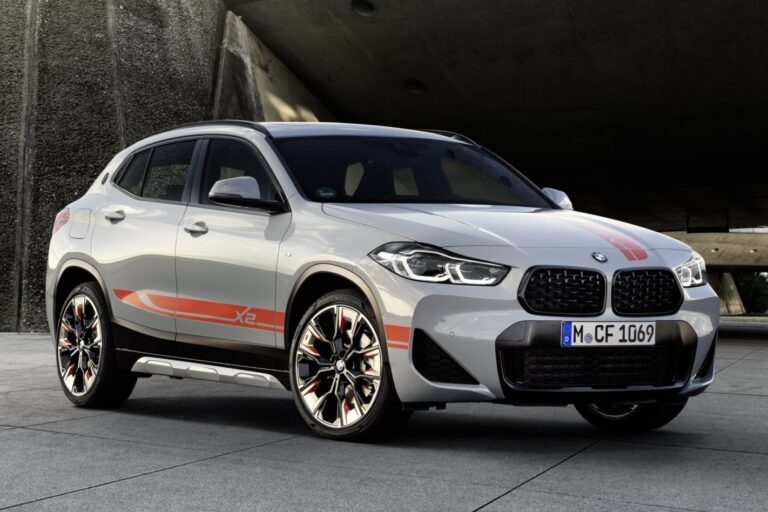 News
NewsBMW iX2 rumoured for 2024 debut
The next-generation BMW X2 could follow its X1 sibling in gaining an all-electric version
-
 News
NewsNew car calendar 2026: All the new cars coming to Australia next year
Here’s the WhichCar by Wheels guide to all the new cars that will launch in Australia in 2026. Check back in regularly for updates...

